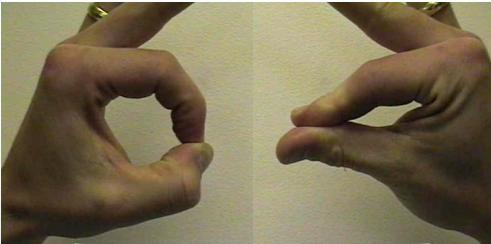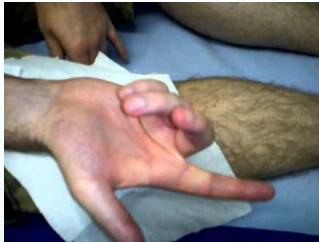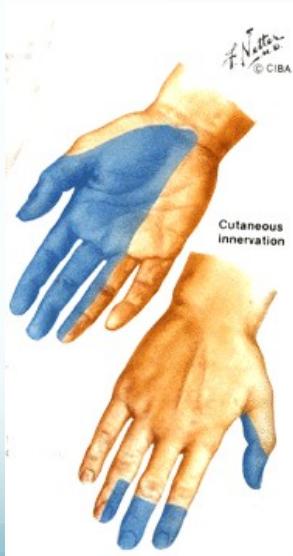Median Nerve Injury
Anatomical Course and Innervation
Course Distribution
- Upper arm: Lateral cord, Medial cord
- Forearm: Median nerve, Flexor-pronator muscle group (Pronator teres, Palmaris longus, Flexor carpi radialis, Flexor digitorum superficialis, Flexor pollicis longus), Articular rami (2), Flexor digitorum profundus (radial portion)
- Wrist/Hand: Thenar muscles (Abductor pollicis brevis, Opponens pollicis, Flexor pollicis brevis (superficial head)), First and second lumbricales, Pronator quadratus, Anastomosis with ulnar nerve
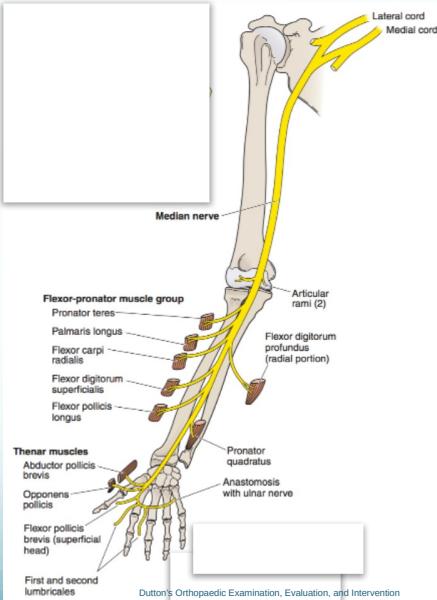
Level of Injury and Clinical Manifestations
High Median Nerve Injury (Above Elbow)
Loss of function:
- Pronation of forearm
- Wrist flexion
- Index & middle finger flexion
- Thumb flexion
- Opposition
- Sensory loss
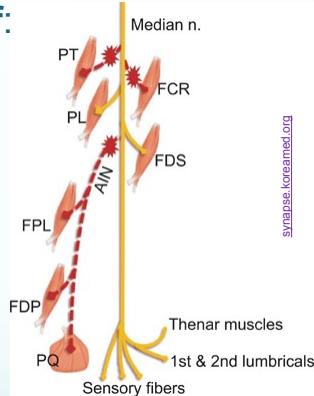
Low Median Nerve Injury (Below Elbow)
Loss of function:
- Thumb opposition (abductor pollicis brevis)
- Sensory loss
Characteristic Deformity: “Ape Hand”
Features:
- Ape-like hand appearance
- Thenar muscles wasted
- Thumb is adducted (unopposed)
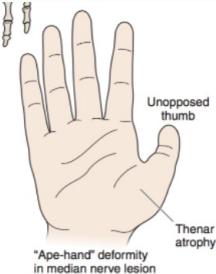
Diagram illustrating the “Ape-hand” deformity in median nerve lesion, showing:
- Unopposed thumb
- Thenar atrophy
Sensory Distribution
Characteristic sensory loss:
- Lateral 3.5 fingers on palmar side
- Distal phalanges of lateral 3.5 fingers on dorsal surface
- “Area of isolated supply” on the thumb, index, and middle fingers
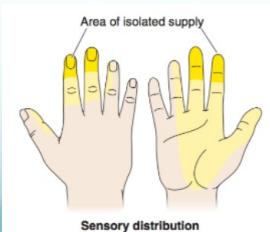
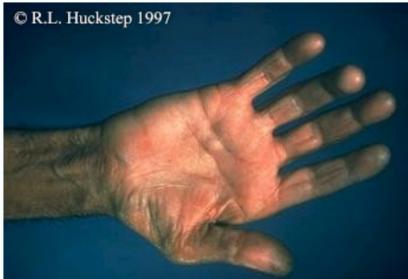
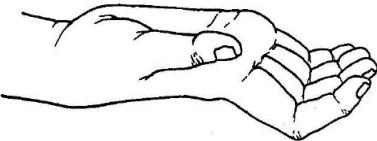
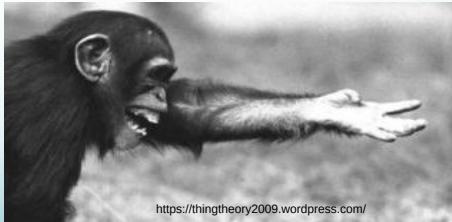
Anterior Interosseous Nerve Syndrome
Special clinical signs:
- OK sign (inability to make OK gesture)
- Pointing index sign
